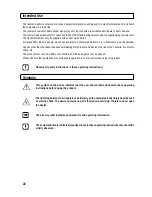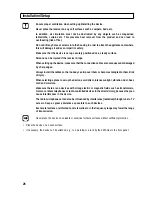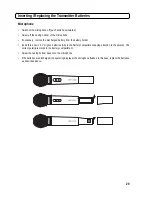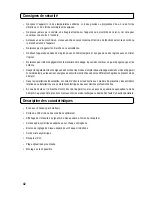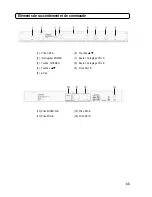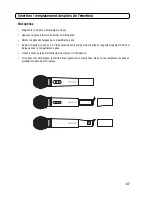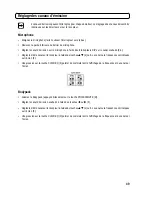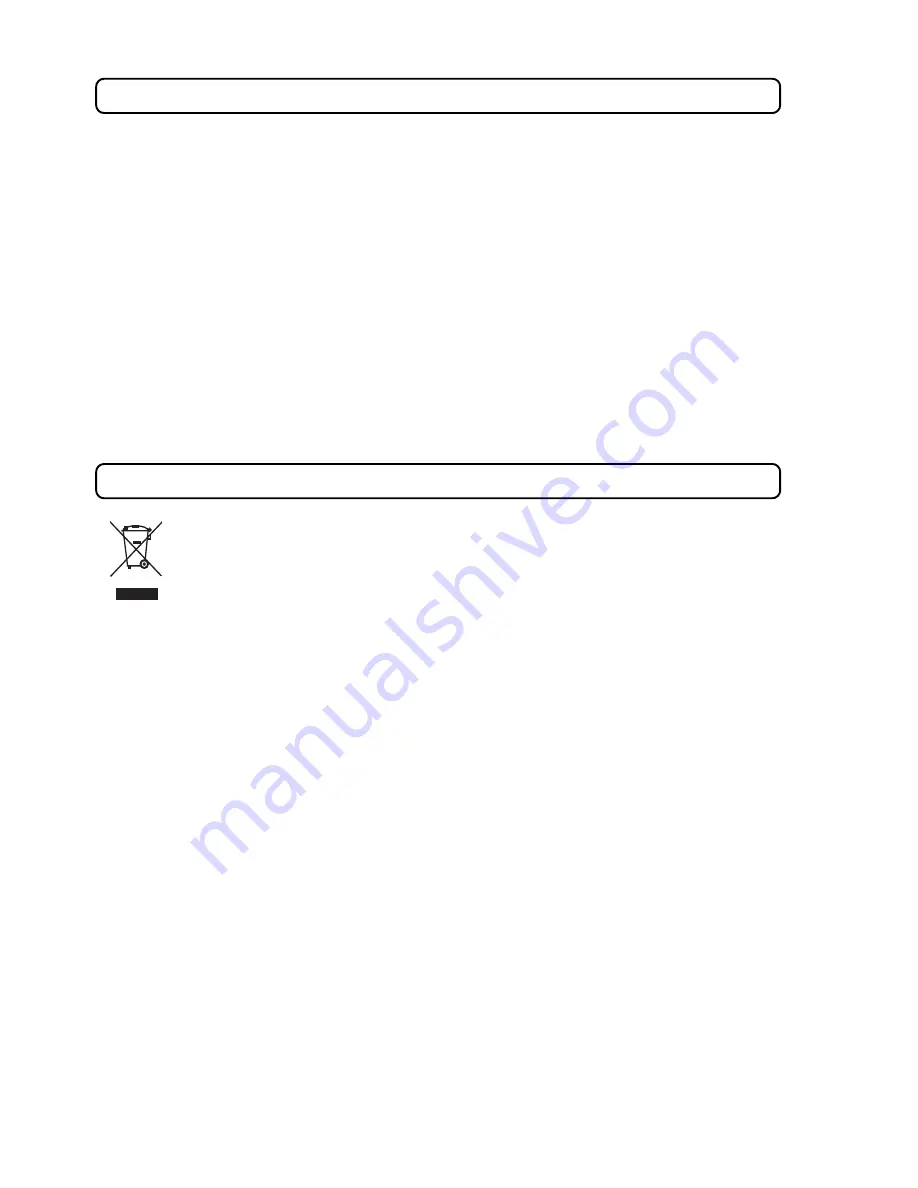
35
Handling
• Never operate the device when the housing is damaged or not covered properly.
• Never plug the power plug into a mains socket immediately after the device has been taken from a cold to a warm
environment. The resulting condensation could destroy the device.
Allow the device to reach room temperature before connecting it. Wait until the condensation water has
evaporated.
• Never touch the wall power supply when your hands are wet.
• Never disconnect power plugs from the mains socket by the cable. Always pull it out of the mains socket holding
it by the contact surfaces provided for this purpose.
• Unplug the power supply if you do not use the device over a period of time.
• For safety reasons, disconnect the power pack from the mains socket in case of an electrical storm.
• Do not cover the device to ensure sufficient ventilation. In addition, air circulation must not be obstructed by any
objects such as magazines, tablecloths, curtains etc.
Disposal
Electronic devices are recyclable waste and must not be disposed of in the household waste!
Dispose of the product according to the applicable statutory provisions at the end of its service life.
Remove any inserted batteries and dispose of them separately from the product.
Disposal of Used Batteries/Rechargeable Batteries
You as the end user are required by law (Battery Ordinance) to return all used batteries and
rechargeable batteries. Disposing of them in the household waste is prohibited.
Batteries/rechargeable batteries that contain any hazardous substances are labelled with the adjacent
icon to indicate that disposal in domestic waste is forbidden. The descriptions for the respective heavy
metal are: Cd = cadmium, Hg = mercury, Pb = lead. You may return your used batteries/rechargeable
batteries free of charge to collection points in your municipality and anywhere where batteries/
rechargeable batteries are sold.


